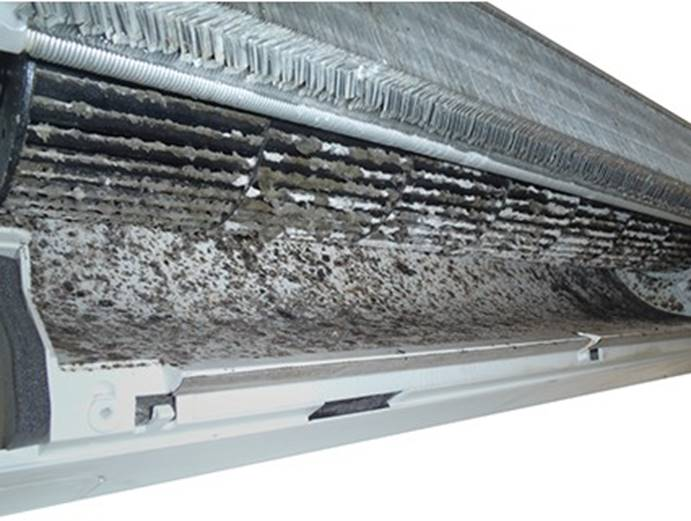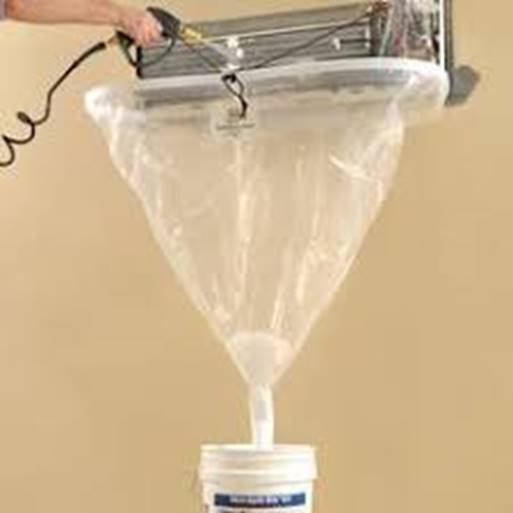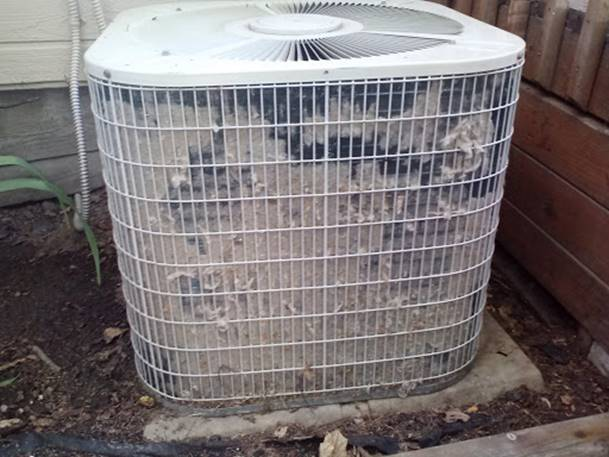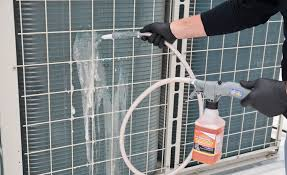Coil Cleaning
Coil Upkeep
There is no difference between A/C evaporator coil and condenser coils when it comes to the need to schedule an annual tune-up. It is a critical part of maintaining your air conditioner to manufacturer’s specs for performance and efficiency. The individual maintenance requirements for each coil are affected by their differing functions, as well as location.
Evaporator Coil Issues
The evaporator coil is internally located and continuously exposed to airflow circulated by the blower, it is susceptible to buildup of dust or dirt. When airborne particles form a layer on the coil surfaces, efficiency of the all-important heat transfer from the air to the refrigerant is diminished. This can result in poor cooling performance and higher operating costs as the system runs longer “on” cycles to meet thermostat settings.
Another factor specific to the evaporator coil is mold contamination. Dormant airborne mold spores are among the microscopic particulates circulating through the HVAC system airflow. Once these spores contact the surfaces of the coil that are wet from the condensation factor, the presence of moisture activates the dormant spores and active mold growth results. Like dirt and dust except more stubborn, mold growth on evaporator coil surfaces impacts proper heat transfer. Left to thrive, mold growth inside the coil air passages may eventually obstruct airflow entirely and cause the system to shut down.


Evaporator Coil Maintenance
In most systems, the evaporator coil is sealed within the air handler and may not be readily accessible. Annual maintenance by our qualified HVAC technicians in NH, can include coil inspection and cleaning to remove dust and dirt. If evidence of mold growth is noted, the technician will utilize EPA-approved biocides to disinfect the evaporator coil as well as the condensation drip pan under the coil.
Condenser Coil Issues
A major difference between A/C evaporator and condenser coils when it comes to maintenance is the fact that the condenser is located outdoors and exposed to the elements. Coil surfaces may accumulate windblown dust, pollen, and dirt, as well as debris from snow removal, fallen leaves and grass clippings. On the other hand, because condenser coils do not generate condensation moisture like the evaporator coil, mold is not usually an issue.


Condenser Coil Maintenance
Turning off the electrical power to the outdoor unit once a year and hosing down the coil with a hose is a good way to maintain condenser coil efficiency. In addition, the upper fan grille should be inspected for damage from fallen tree limbs or other objects.
The outdoor condenser unit also requires open space on all sides to facilitate the free flow of air into the coil intake vents. Encroaching vegetation needs to be cut back to create at least two feet of clearance around the unit.
Refrigerant Problems
Low refrigerant can affect the performance of both the evaporator and condenser coils. When a new central A/C is installed, the indoor and outdoor units come pre-charged with refrigerant. In a competent professional air conditioner installation, technicians will measure the refrigerant level before installing and after the unit has been test-run. When this does not happen and refrigerant is insufficient, the unit may chronically underperform in terms of both energy efficiency and effective cooling. Ironically, low refrigerant levels may also cause evaporator coil surfaces to become excessively cold, freezing condensation and triggering a sequence of events that eventually culminates in coil icing which may shut down the system.
During annual preventative maintenance by our HVAC technicians, checking the refrigerant pressure is also standard procedure. Air conditioners do not use refrigerant the way an automobile may consume motor oil and require occasional topping up. If low refrigerant pressure is detected, then troubleshooting will be carried out to find out the root cause.
